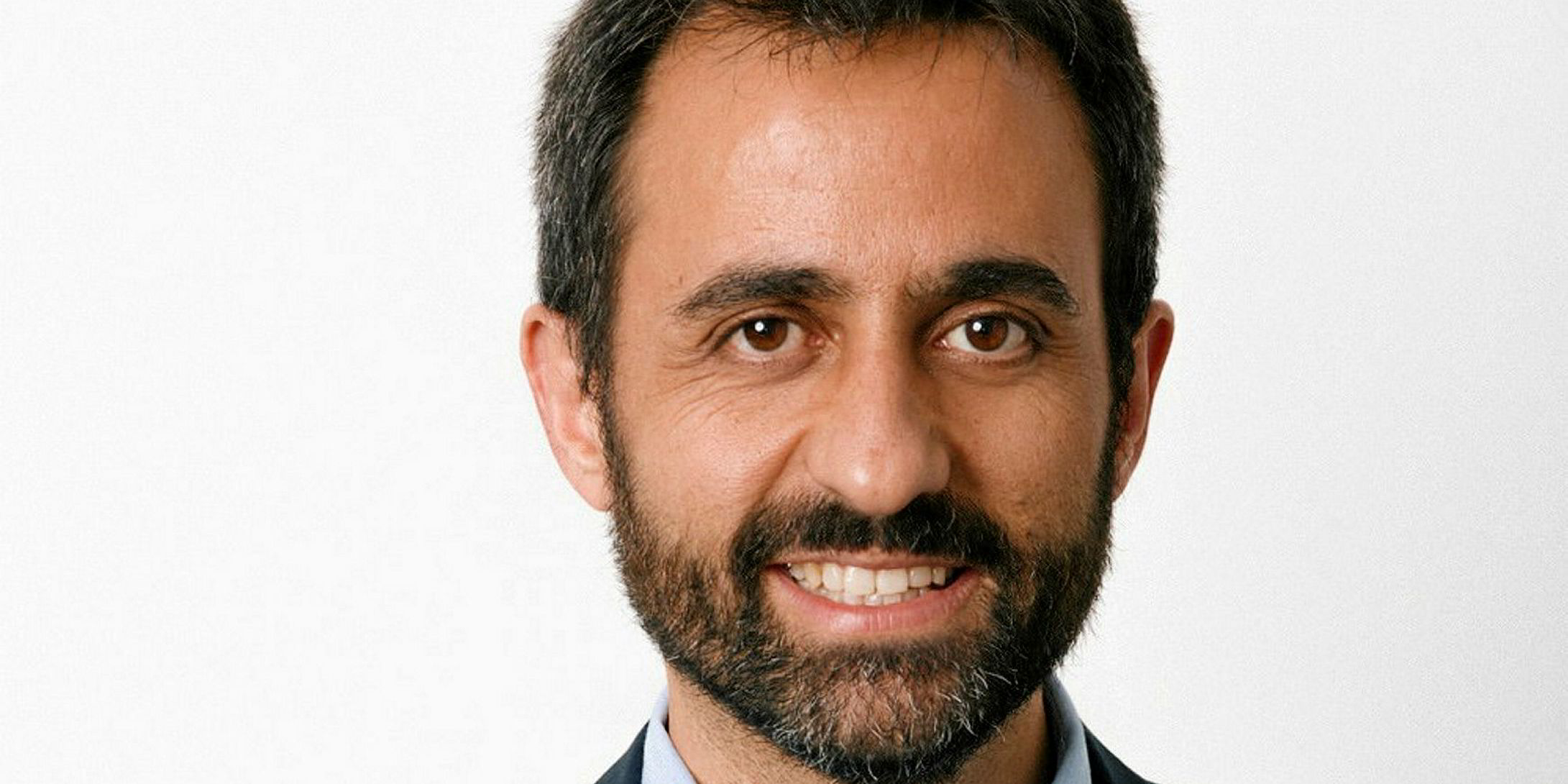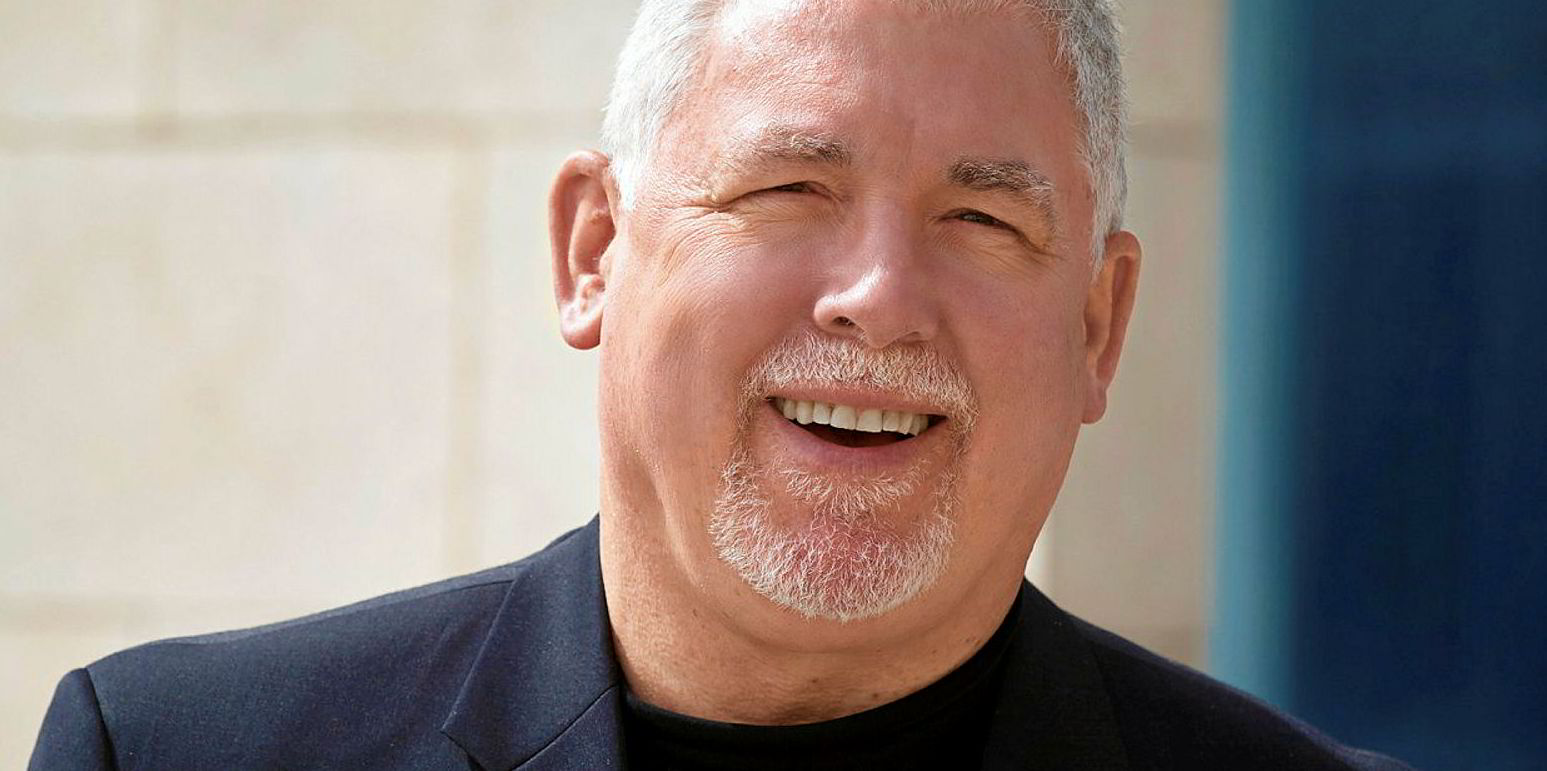Autonomous ships are the talk of the town, but does everyone know what they are talking about? Probably not, despite consensus that the first vessels to self-operate will be shortsea ships.
“One of my concerns is do we have a common understanding?" said Eero Lehtovaara, head of regulatory affairs at ABB Marine & Ports. "I very often have the feeling we are talking about different things when I meet people.
“Often when people are talking about autonomy, they are thinking about remote operations and connectivity. I am talking about intelligence and data management on ships, more than autonomy as such.”
An-Magritt Ryste, product director of next-generation shipping at Kongsberg Maritime, said: “The key point is autonomous does not mean unmanned.”
She differentiates between automated and autonomous systems, although the latter will include the former.
“Autonomous is not equivalent to unmanned,” One Sea lead director Paivi Haikkola said.
Definitions and distinctions can be hard to grasp, but are crucial.
Ryste said automated systems are designed to operate with, or without, some human intervention but have a limited capability to handle unforeseen situations, while a fully autonomous system will have the ability to react without human intervention.
Lehtovaara said: “It frustrates me that people talk about autonomous and remote in parallel. Autonomous is a word we should be very careful with.”
It is not surprising that confusion can happen.
Haikkola said even the International Maritime Organization has recognised that its scoping exercise to define four levels leading to autonomous operations — only agreed last year — is not working well.
Everyone agrees that a common terminology is necessary before regulations can be developed.
Haikkola said the IMO has asked for further submissions and One Sea is looking for answers.
“This is something we want to assist with as we feel we have the expertise," she said. "We are having internal discussions and hope to come up with some proposals.”
The thinking about shortsea first, though, is partly clouded by connectivity issues.
Manoeuvring in congested coastal waters is potentially more complex than in the open ocean with no other ships in the vicinity, but deepsea connectivity costs are much greater.
Inmarsat head of maritime digital Marco Cristoforo Camporeale, who is concerned with the satellite connections, claims that cost savings of up to 30% are being made on ships connected to receive automated support for decision making.
But he added that it may be logical to jump straight from the second to fourth IMO levels for attaining autonomy.
The second level entails remotely controlled ships retaining seafarers on board, which means they can take over if connectivity fails, while the fourth fully autonomous stage means the ship independently determines its decisions and actions and does not require fail-safe connectivity.
However, the third level of a remotely controlled ship — with no seafarers on it but which is operated entirely from another location — cannot tolerate any loss of connectivity as it would then be out of control.
Its need to be connected all the time would be expensive as it would require continual live streaming of multiple cameras consuming masses of megabytes of data.







